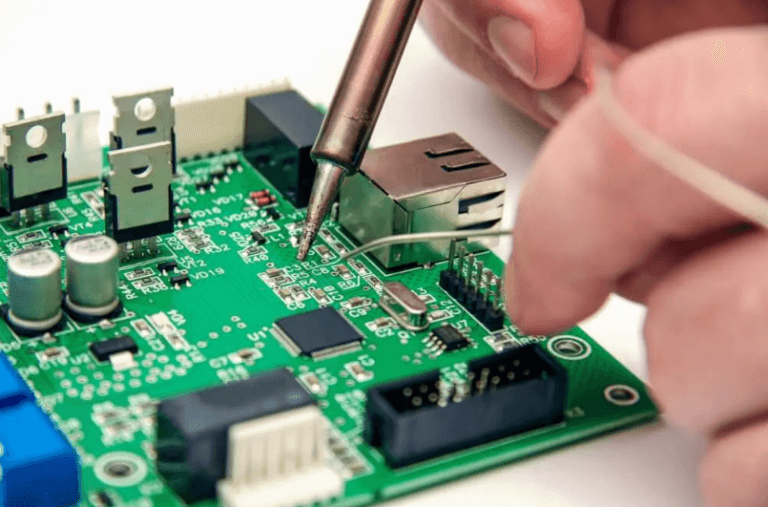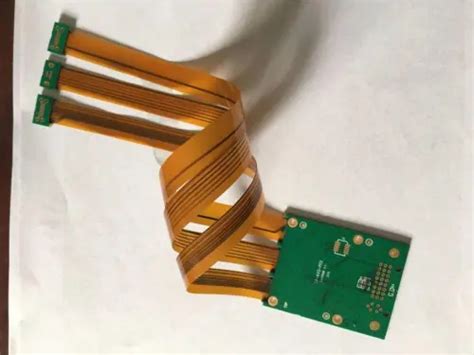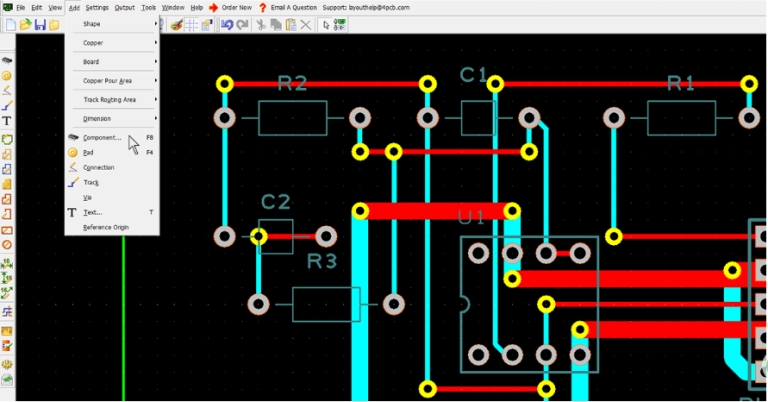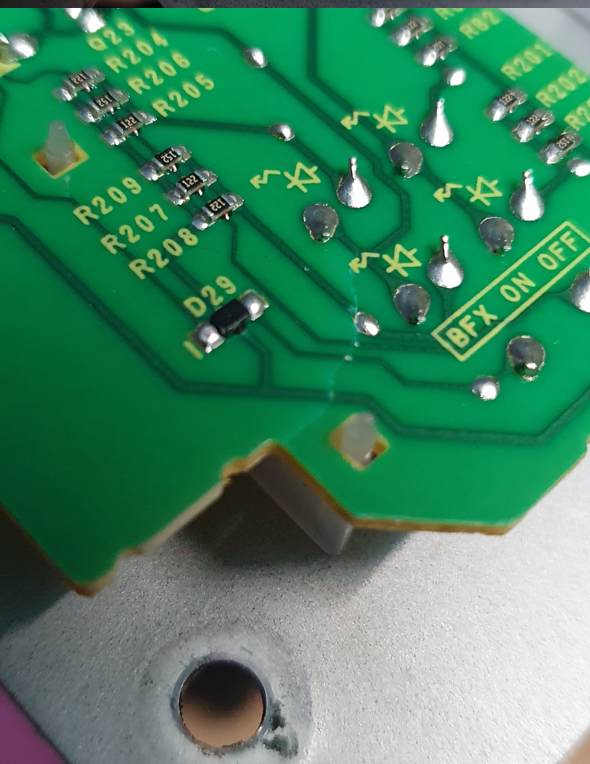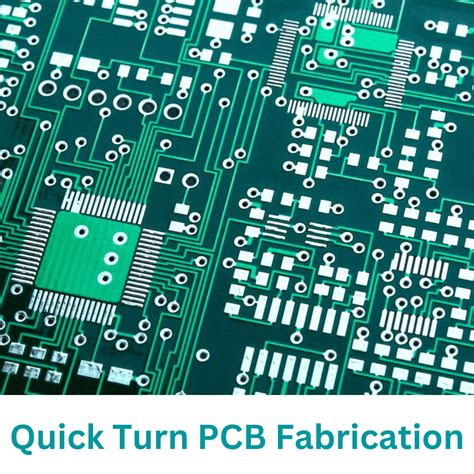The Correct Placement of Inductors in PCB Design for Switch-Mode Power Supplies
Abstract
This paper explores the critical considerations for proper inductor placement in switch-mode power supply (SMPS) PCB designs. With switching frequencies continuing to rise in modern power electronics—often reaching several MHz—the correct positioning of inductors has become increasingly vital for achieving optimal performance, minimizing electromagnetic interference (EMI), and ensuring power integrity. We examine the fundamental principles governing inductor placement, analyze common layout mistakes, and provide best practice recommendations supported by simulation data and empirical measurements.
1. Introduction
Switch-mode power supplies have become ubiquitous in electronic systems due to their high efficiency and power density. The inductor serves as the energy storage element in buck, boost, and buck-boost converters, making its proper placement on the PCB crucial for several reasons:
- EMI Reduction: Poorly positioned inductors can radiate significant electromagnetic interference
- Efficiency Optimization: Incorrect placement increases parasitic resistance and inductance
- Signal Integrity: Proper placement minimizes noise coupling to sensitive circuits
- Thermal Management: Inductors generate heat that must be properly dissipated
As switching frequencies increase—now commonly between 500kHz to 3MHz for many applications—the consequences of improper inductor placement become more severe.
2. Fundamental Considerations for Inductor Placement
2.1 Current Loop Minimization
The primary rule in SMPS layout is minimizing high-frequency current loop areas. The inductor forms part of two critical current loops:
- Power Stage Loop: Input capacitor → switching FETs → inductor → output capacitor
- Freewheeling Loop: Inductor → output capacitor → freewheeling diode/FET → inductor
Best Practice: Position the inductor to minimize both loop areas simultaneously. This typically means placing the inductor adjacent to the switching nodes with short, wide traces.
2.2 Orientation and Coupling
Inductors generate magnetic fields that can couple with nearby components or traces:
- Axis of Flux: The magnetic flux typically radiates along the inductor’s axial direction
- Mutual Coupling: Parallel inductors should be placed at 90° to minimize mutual inductance
Measurement Data: Tests show that rotating inductors 90° from sensitive analog traces can reduce induced noise by 15-20dB.
2.3 Thermal Considerations
Inductors exhibit both copper loss (I²R) and core loss, generating heat:
- Allow at least 1-2mm spacing from heat-sensitive components
- Position to allow airflow in convection-cooled designs
- Avoid placing under components that may shadow heat dissipation
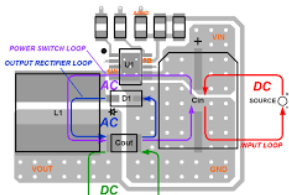
3. Specific Placement Recommendations by Topology
3.1 Buck Converters
For buck converters (Figure 1), the inductor placement should:
- Be as close as possible to the switching node (typically the phase node between high-side and low-side FETs)
- Have minimal trace length to the output capacitor
- Position the input capacitor adjacent to the FETs with the inductor forming a tight triangle
Simulation Results: Increasing the inductor-to-switch distance from 2mm to 10mm in a 2MHz buck converter showed:
- 5% decrease in efficiency
- 8dB increase in radiated EMI at 125MHz
3.2 Boost Converters
Boost converter inductors require:
- Proximity to the input capacitor and switching FET
- Careful routing of the high-voltage switched node
- Attention to the freewheeling diode/FET placement
3.3 Multi-Phase Designs
For multi-phase converters:
- Space inductors to prevent mutual coupling (typically ≥1.5× the inductor diameter)
- Alternate orientations if space constrained
- Maintain symmetry in current paths

4. Common Placement Mistakes and Their Consequences
4.1 Excessive Trace Length
Long traces between the inductor and switching components:
- Add parasitic inductance (typically 1nH/mm for 50mil traces)
- Increase switching losses and ringing
- Radiate more EMI
4.2 Improper Layer Usage
Incorrect layer transitions:
- Using vias unnecessarily in high-current paths
- Routing sensitive signals under the inductor’s flux area
- Poor return path continuity
4.3 Thermal Violations
Common thermal mistakes:
- Crowding inductors together without ventilation
- Placing temperature-sensitive components downwind
- Ignoring board material thermal conductivity
5. Advanced Placement Techniques
5.1 EMI Reduction Strategies
- Use shielded inductors in noise-sensitive applications
- Implement guard traces around the inductor footprint
- Consider split-ground techniques for mixed-signal systems
5.2 High-Frequency Considerations (>1MHz)
For high-frequency designs:
- Use planar inductors or embedded magnetics when possible
- Pay attention to skin effect in traces
- Consider the inductor’s self-resonant frequency
5.3 Automated Layout Assistance
Modern PCB tools offer features like:
- Constraint-driven placement
- Thermal simulation integration
- EMI prediction algorithms
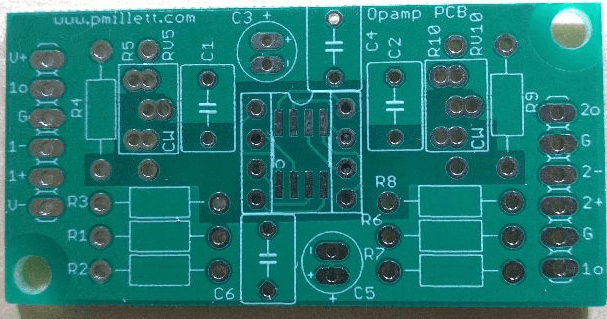
6. Case Studies
6.1 Automotive Power Module
A 48V-12V buck converter showed 7% efficiency improvement simply by:
- Reducing inductor-to-FET distance from 12mm to 3mm
- Reorienting the inductor 90°
- Adding a ground shield layer
6.2 IoT Device Power Supply
In a space-constrained IoT design, proper inductor placement:
- Reduced radiated emissions by 12dB
- Improved battery life by 11%
- Eliminated audible noise from magnetostriction
7. Practical Placement Checklist
Before finalizing inductor placement:
- [ ] Verify current loop areas are minimized
- [ ] Check for proper orientation relative to sensitive circuits
- [ ] Ensure adequate thermal spacing
- [ ] Confirm mechanical clearance requirements
- [ ] Validate with simulation when possible
8. Conclusion
Proper inductor placement in SMPS PCB designs requires careful consideration of electromagnetic, thermal, and mechanical factors. As demonstrated through multiple case studies and measurements, optimal placement can significantly improve efficiency, reduce EMI, and enhance reliability. Designers must balance these electrical requirements with practical manufacturing constraints, making inductor placement both a science and an art in modern PCB design.


